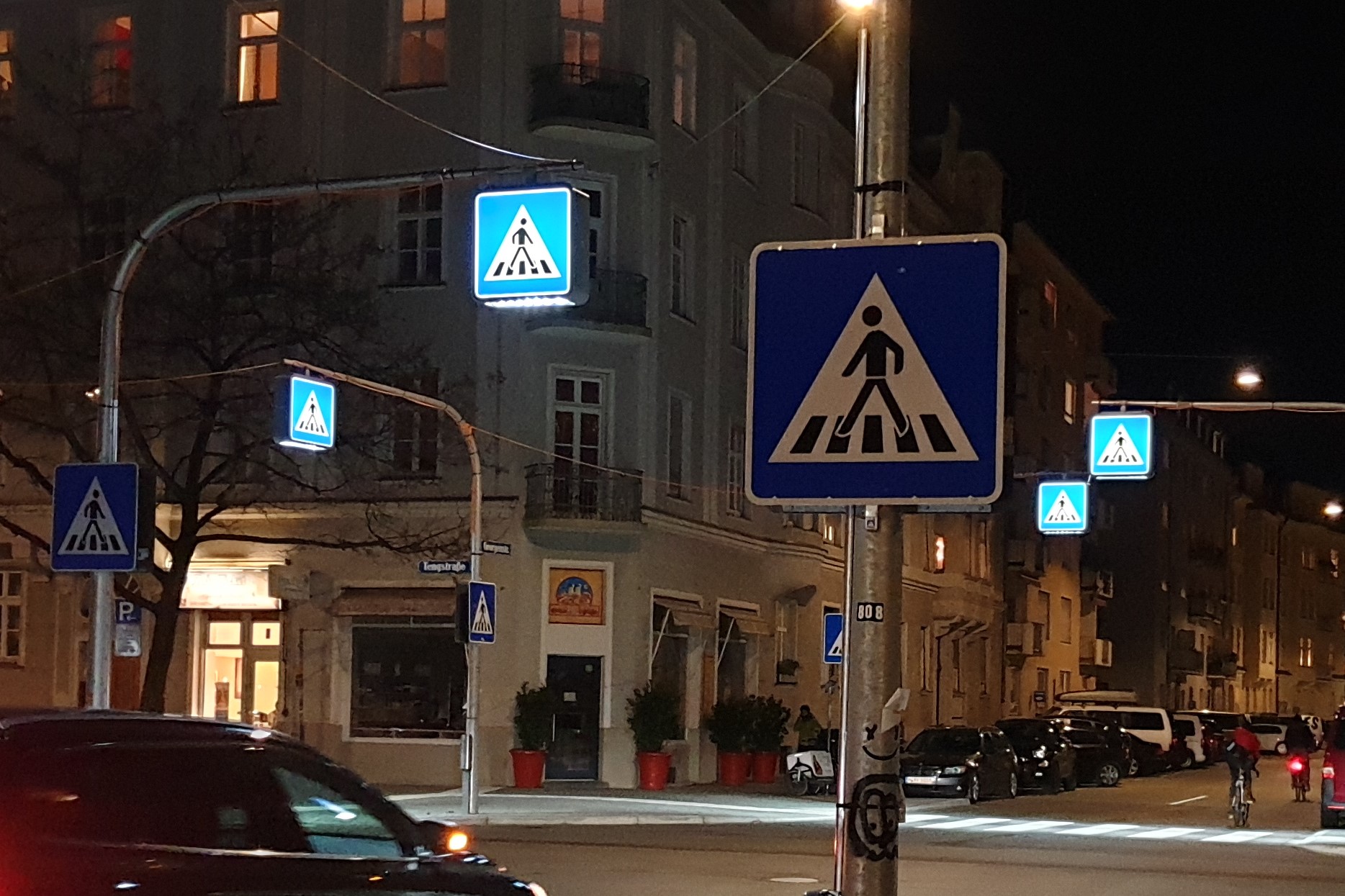The transfer points are the points in the network where the documentation obligation ends or a physical end user such as a house connection exists. At the same time, this can also be a feed-in point of a PV system or a combined heat and power plant.
Germany
Here, the network operators above the low voltage (network level < 7) are obliged to keep the documentation up to this point. From an electrical point of view, there will certainly be a transformer behind it, but the grid operator does not need to know exactly where it is located and what its parameters are. Since the liberalization of the networks, this has become common practice.
|
|
|
|
Consumer (HV)
High voltage consumer = High voltage connection / High voltage transfer point
|
|
|
|
|
|
Consumer (medium voltage)
Consumer = Connection/Transfer point
|
|
|
|
|
|
Connection (low voltage)
Connection going into building. Meters are mapped in CustomerMeter.
Is not the internal meter (tenant, general lighting etc.)
Primary connection
Secondary connection
|
|
|
|
|
|
Small consumers (low voltage)
•Vending machines (ticket, snack, etc.)
•Traffic lighting (traffic signals, traffic signs)
More generally used AssetTypes for small consumers and lighting. The level of detail can be defined via additional attribute without the need to adjust rules. These can vary greatly from customer to customer. This gives us much greater flexibility to make adjustments not at the AssetType level.
|
|
|
|
|
|
Consumer (lighting)
Separation of luminaire from structural object (lamp post)

|
How should these LightingPoints be elaborated? What is needed?
|
|
|
|
|
|

|
Small consumers (lighting)
•Traffic lighting (traffic signals, traffic signs) |
|






